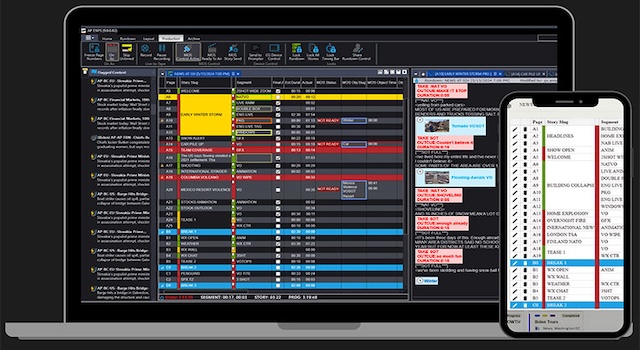Accounting
End-to-End Cash Flow Forecasting: Linking AP, AR & Treasury Software

Accurate cash flow forecasting is the lifeblood of any healthy business. Yet, for many finance teams, it’s still a manual, error-prone process scattered across spreadsheets. The solution? Integrating Accounts Payable (AP), Accounts Receivable (AR), and Treasury Management Software into a unified system that delivers real-time financial visibility.
Why Traditional Cash Flow Forecasting Falls Short
Most organizations rely on siloed data: AP tracks outgoing payments, AR monitors collections, and Treasury handles liquidity. Without a connected system, forecasting is reactive — not predictive. This leads to cash surprises, poor investment timing, and strained working capital.
Modern finance requires continuous, AI-enhanced visibility into cash inflows and outflows across departments. Linking AP, AR, and Treasury tools bridges that gap, giving CFOs and controllers a single source of truth for forecasting and strategic decision-making.
How Integrated Cash Flow Forecasting Works
When AP, AR, and Treasury systems are connected, data flows automatically between them. This creates an always-on financial model that updates every time an invoice is created, paid, or collected. The result is a dynamic forecast that reflects your business’s real-time liquidity position.
- AP Automation: Tracks vendor payments, due dates, discounts, and cash disbursements.
- AR Automation: Monitors invoices, collections, and customer payment patterns.
- Treasury Software: Consolidates bank balances, credit facilities, and cash positions across accounts.
When these systems communicate seamlessly, finance teams can make informed decisions about funding, investments, and working capital optimization.
Benefits of Linking AP, AR, and Treasury Platforms
1. Real-Time Cash Visibility: Unified dashboards provide a full picture of available liquidity, expected inflows, and scheduled payments — all updated automatically.
2. Improved Accuracy: Automated data syncing reduces human errors and duplicate entries. Predictive analytics refine forecasts using historical payment behaviors and seasonal patterns.
3. Better Decision-Making: Finance leaders can anticipate shortages, optimize borrowing, and invest surplus cash strategically, avoiding unnecessary financing costs.
4. Enhanced Working Capital Management: With live visibility into DSO and DPO, companies can balance payables and receivables to maintain healthy liquidity ratios.
Technology Driving Predictive Cash Flow
Advanced cash forecasting software uses machine learning algorithms to analyze historical trends, payment patterns, and invoice timings. These predictive tools can project future cash positions with remarkable accuracy, allowing CFOs to take proactive action.
Integrations via APIs make it possible to link platforms like NetSuite, SAP, HighRadius, Kyriba, and Tipalti directly with banking systems, creating a seamless flow of financial data between departments.
Steps to Build an Integrated Cash Forecasting System
- 1. Assess your current finance tools: Identify gaps between your AP, AR, and Treasury systems.
- 2. Choose software with open APIs: Integration-friendly platforms reduce data silos and implementation complexity.
- 3. Automate data capture: Sync invoices, payments, and receipts automatically for accurate updates.
- 4. Implement predictive analytics: Use machine learning to anticipate payment trends and seasonality.
- 5. Visualize cash flow: Build dynamic dashboards to track daily and future cash positions in real time.
Common Challenges (and How to Overcome Them)
Integration isn’t without hurdles. Data standardization, system compatibility, and change management are common challenges. Successful implementations rely on collaboration between IT, finance, and accounting teams to ensure clean data and ongoing monitoring.
Choosing software vendors that offer pre-built connectors, AI-based reconciliation, and advanced analytics can significantly reduce integration complexity.
The Future of Cash Flow Forecasting
By 2026 and beyond, cash forecasting will evolve from static reporting to continuous intelligence. AI-driven finance platforms will automatically adjust forecasts as conditions change — such as shifting payment behaviors or currency fluctuations — enabling CFOs to act instantly.
- Continuous, real-time forecast updates
- Scenario modeling for best and worst cases
- Integrated liquidity and credit risk management
Final Thoughts
Linking AP, AR, and Treasury software transforms cash flow forecasting from a monthly task into a real-time strategic advantage. Businesses that embrace this integrated approach gain the visibility, accuracy, and agility needed to thrive in today’s fast-paced financial environment.

